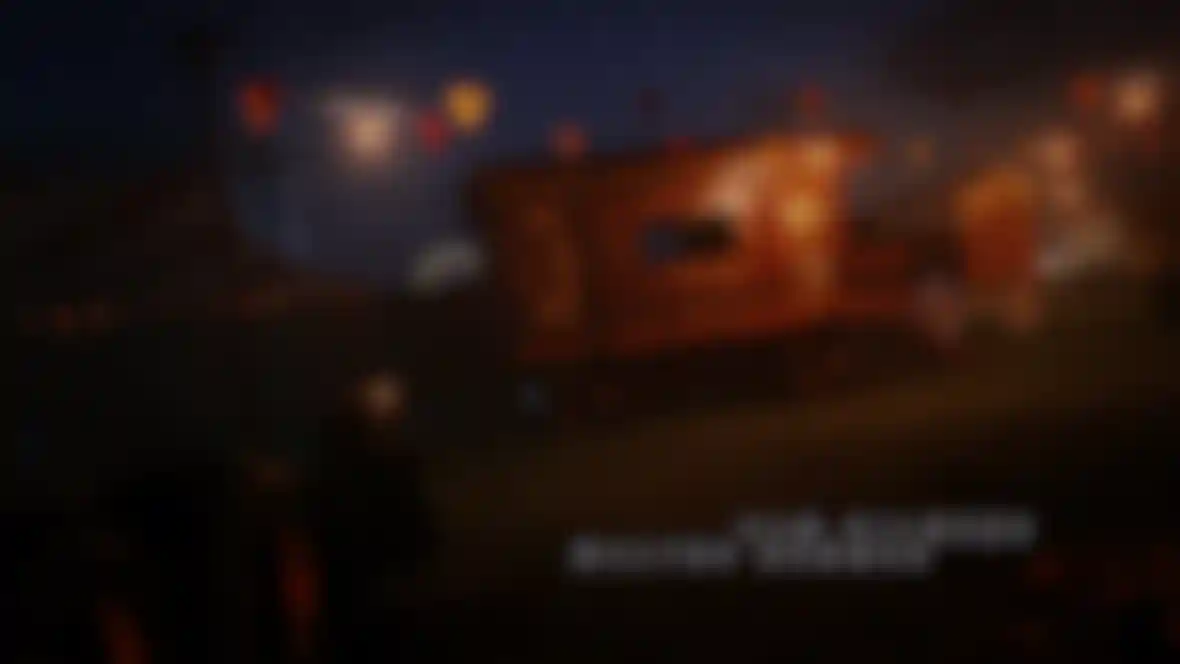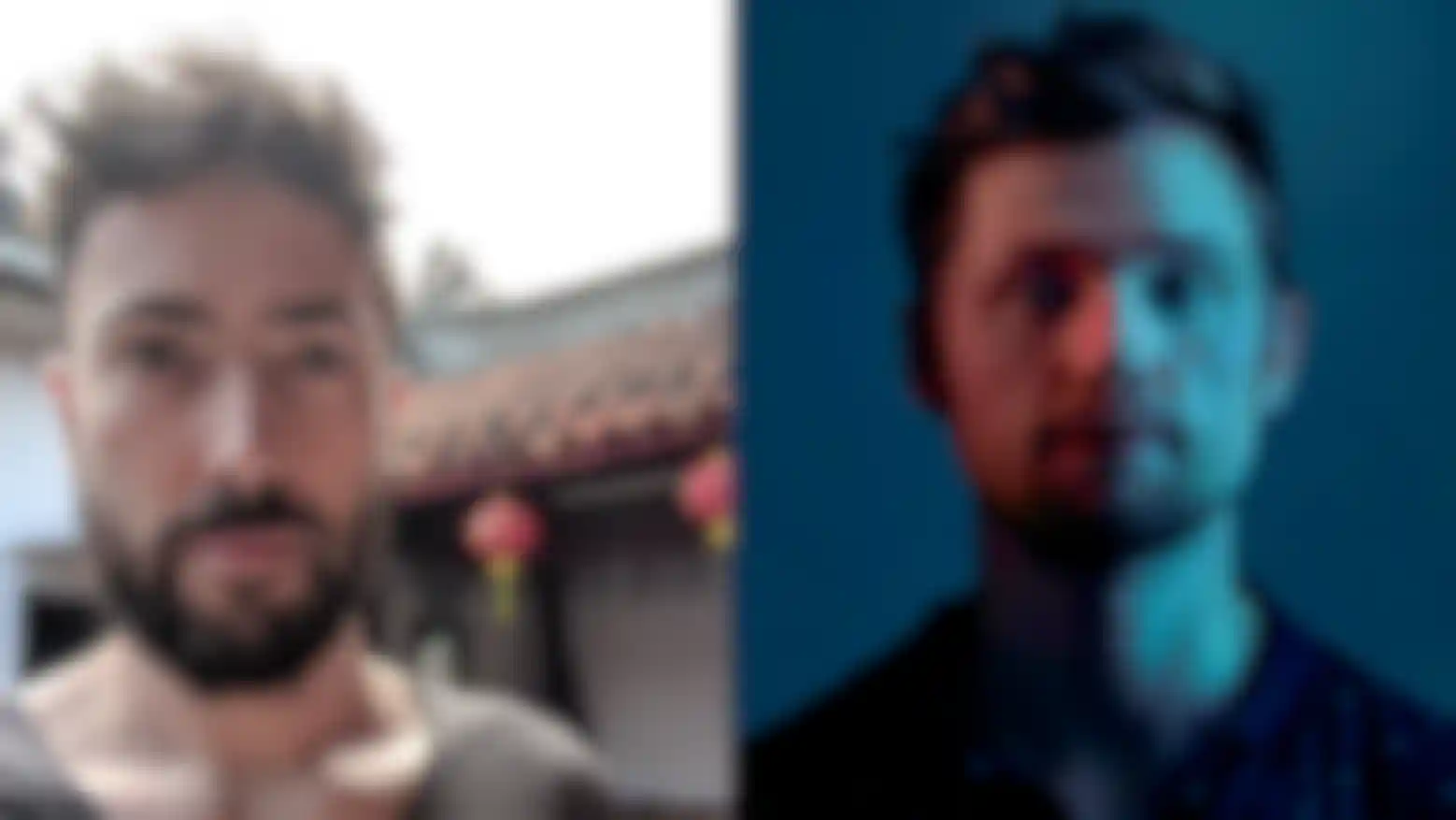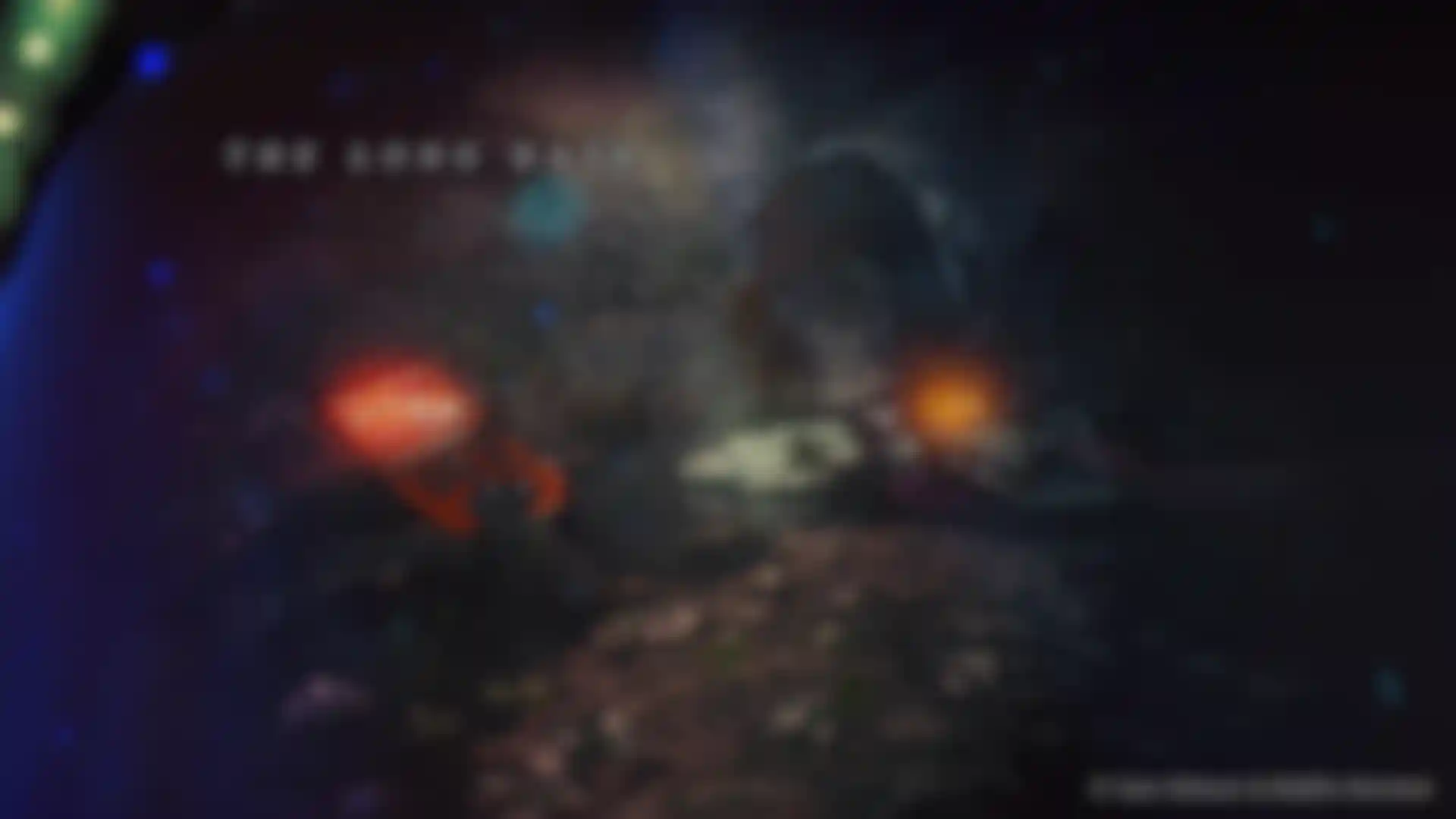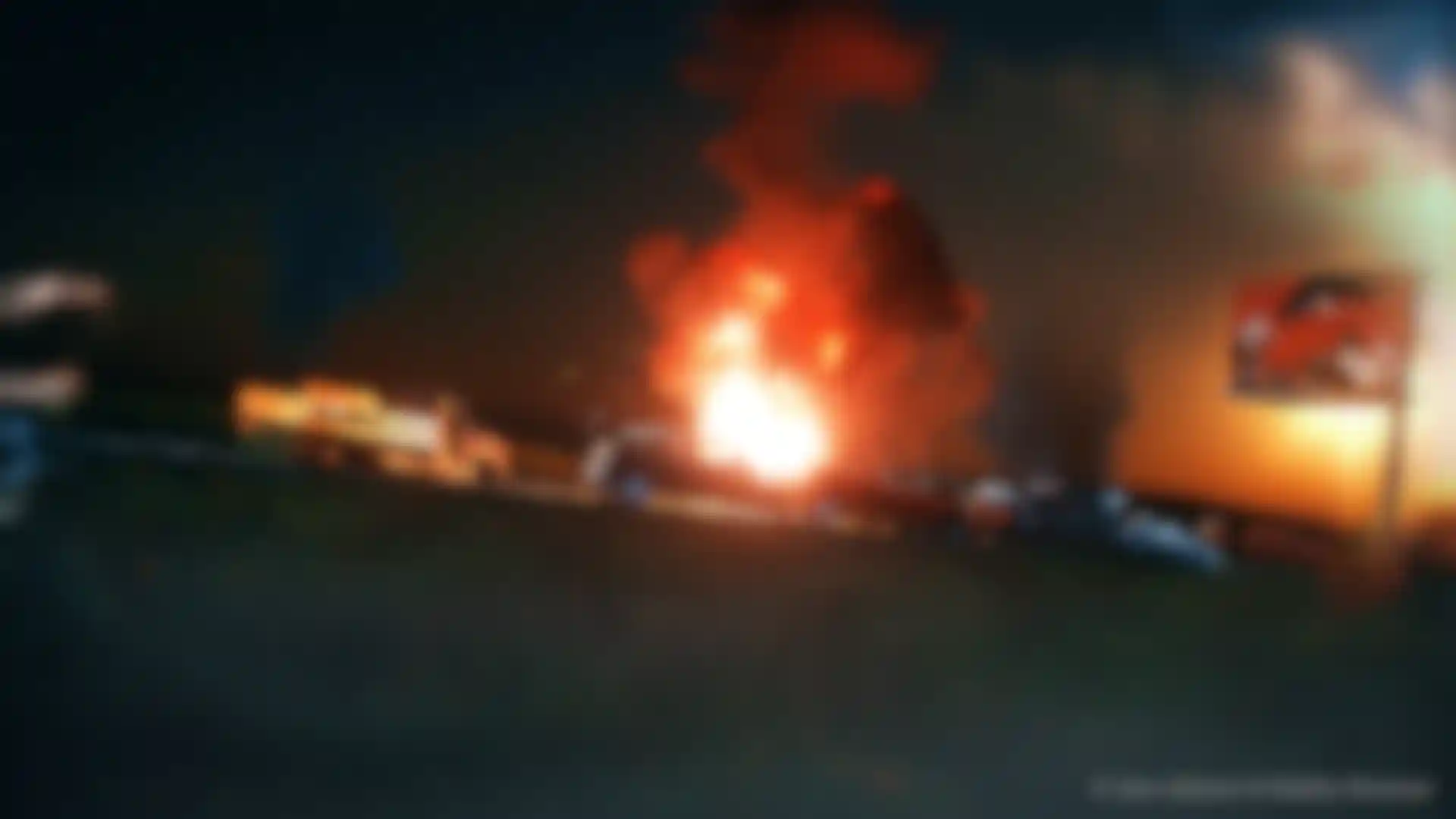
The Illustrated Man How two artists teamed up to create fictional 3D titles for a favorite Ray Bradbury story collection.
Motion graphics artists Sam Gilmore and Malthe Hemmer hit it off immediately when they met at the OFFF Barcelona in 2019. So even though they lived in different countries—Gilmore is from London and Hemmer lives in Aarhus in Denmark — they decided to embark on a project together.
It was Gilmore who suggested they create a fictional title sequence for The Illustrated Man, a collection of short stories by science fiction author Ray Bradbury. Relying primarily on C4D, Substance Designer, Redshift and After Effects, the duo worked on the project in their spare time for four months. The result is a 3D animated visualization of a complex story collection that uses the tattoos covering a man’s body to show the ways that technology may affect the future.
Sam, tell us about yourself
Gilmore: I’m a freelance motion designer. I started out at an advertising company in web development and worked my way up into the film department. Through the years I’ve moved and branched off to become a freelancer who does a mix of things. I've had a long relationship with a studio called Accept & Proceed in London, but I spend most of my time rotating between small production studios and humongous agencies.
And Malthe, how about you?
Hemmer: I learned to use Cinema 4D in high school, and then I got an internship six years ago that started my professional career. Now, I mostly work on industrial, product and brand films at Cadesign form.

Describe the title sequence you made together.
Gilmore: The Illustrated Man is a series of short, science-fiction-themed stories that unfold on the skin of a tattooed carnival worker. They're a mixture of prophecies; fantastically told with an often-terrifying end. Haunting stories, like The Long Rain and Veldt have stuck with me pretty deeply since I first read them in college, but The Rocket is probably my favorite. It’s the story of a scrap dealer with a dream to take his kids into space. It’s beautifully written and has an uplifting message about technology’s equalizing power. Watch the making-of video here.
Which stories were more challengingto visualize and why?
Gilmore: Most of the stories had so much going on: it was incredibly hard to imagine how they could be simplified sufficiently to make sense as a tattoo. For most of the scenes, I built them up and then stripped them back, so they worked better in a tattoo form. For example, the visualization for the story The Last Night of the World began as a silhouette of a couple looking at a nuclear blast out their kitchen window and turned into an outline of a man illuminated by an electrical blast.

Hemmer: I think most of the stories were challenging, but the one that stands out for me was The Long Rain, where a group of astronauts is stranded on Venus. The idea that the astronauts were driven to madness by incessant rain brought out a lot of mental images, which were fun to create in 3D. But it was very complex with all of the rain, photorealistic props, detailed terrain and vegetation. Veldt was another one that was difficult to visualize: I think Sam agrees that bringing lions to life in animation was not an easy task.
What other technical hurdles did you have to overcome?
Gilmore: I’m pretty terrible when it comes to optimizing my scenes. This was a good learning experience for playing around with Redshift, so we could make sure things came out faster than five minutes per frame and didn't look too janky.
Hemmer: The grass for the car crash scene in The Highway was hard to optimize because there was so much geometry and it kept crashing my computer. And I was going to use X-Particles for the fire in the book-burning scene in The Exiles, but it would have been way too heavy. We decided to just use planes with stock footage and that simple solution ended up being the best way to go.


How did you two collaborate from different countries?
Gilmore: That was fun. We got on Discord every night for a chat. We were pretty ruthless with the time that we spent each evening. We did our own scenes, and we split the environment scenes of the circus evenly. Everything was synced on Google Drive so we could jump in and work and save things.
Describe your workflow.
Gilmore: We did most of our work in Cinema 4D and used After Effects to build our edit and time untextured shots to the music. We knew we couldn't do all of the stories, so we did four each. We had to map the visuals onto mapped sections of the character’s body, so we had a master camera moving around different body closeups that we reprojected our finished scenes onto. The explosions, debris and magic effects were all done with X-Particles.
We used Substance Designer to get the aged-looking detail on the closeup shots of things like the carnival wagon. We got an illustrator to work on the images on the side of the wagon, and we took those illustrations and positioned them within Cinema to create our texture. Then, we brought it into Substance Designer and just worked on the aged effects with texture maps to create that bumpy, too-many-layers-of-paint look.
What did you enjoy most about working on this together?
Hemmer: I really enjoyed the challenge of working with someone I’d never worked with before. It was a really enjoyable learning experience, and the pressure we put on each other to sit down and work in the evenings helped us be more productive. It was fun to see how Sam works and things. We tackled a lot of things differently, both technical and with the story.
Gilmore: I very much enjoyed the routine of getting to work in the evenings. We'd both ask questions and share tutorial links and feedback. I think I learned quite a bit about myself too; about my artistic blind spots and how to better prioritize attention to detail.

What kind of feedback have you received so far?
Gilmore: We got a thumbs up from Ray Bradbury’s granddaughter, who appears to be making a feature-length documentary on his life. So that was great.